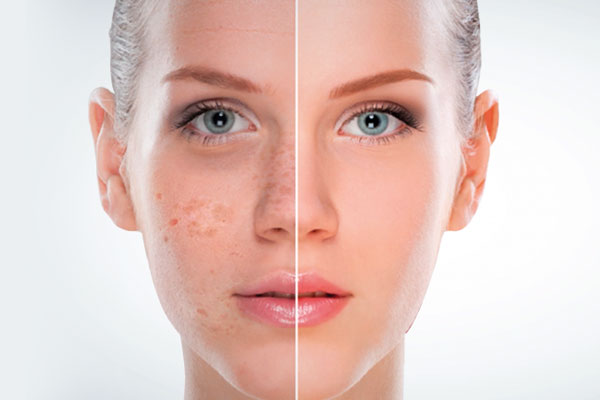Skin pigmentation refers to the color of your skin. The amount and type of melanin, a pigment made by specialized skin cells known as melanocytes, is what dictates it. Changes in melanin production can cause pigment disorders, such as hyperpigmentation (dark spots), hypopigmentation (light spots), depigmentation (white spots or patches).
Skin damage from acne, blisters, cuts, sun exposure, genetic factors, and autoimmune conditions are all possible causes for changes in melanin and, thus, skin pigmentation.
This article discusses skin pigmentation and genetics. It also details skin pigment disorders and how to treat them.
Skin Pigment Discoloration
Skin pigment disorders, injuries, and other changes in your body can cause your skin to lighten, darken, or change in color. You might notice changes in your skin tone in multiple areas on the surface of your skin or only in certain patches of skin.
Types of skin pigmentation include:
- Hyperpigmentation
- Hypopigmentation
- Depigmentation


